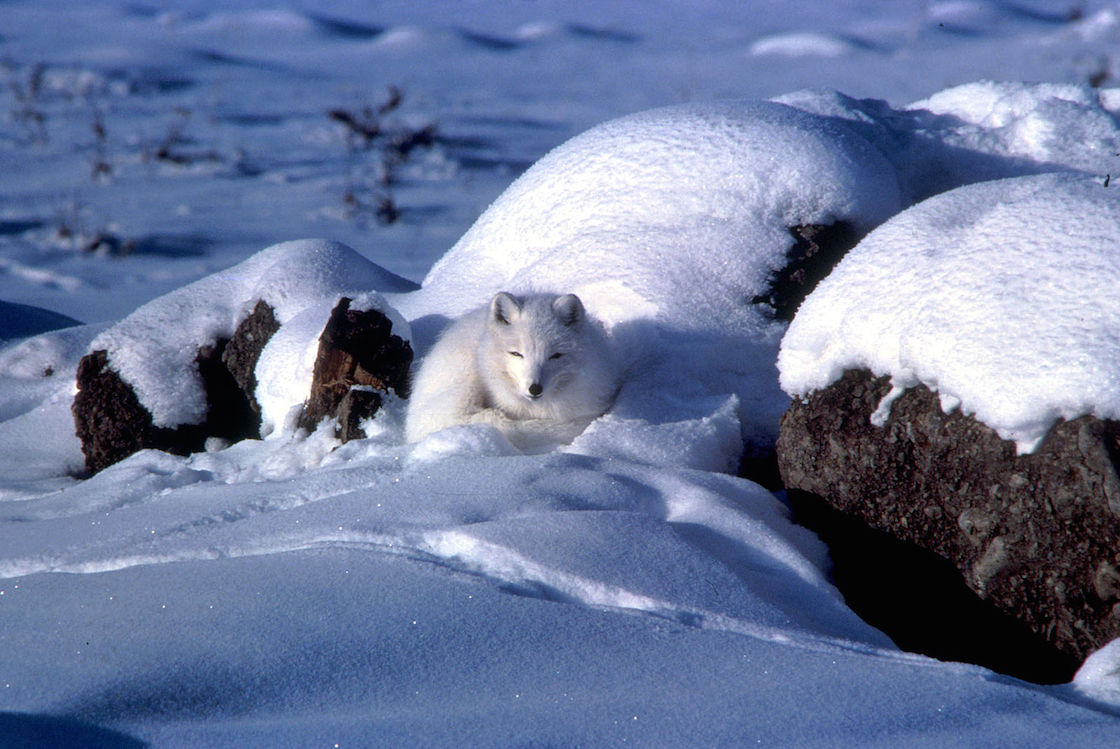Climate change is predicted to decrease the geographical range of snow cover. As local atmospheres warm, the land surface will have reduced snow cover, affecting the atmospheric weather and energy balance. Seasonal snow areas are most vulnerable to climate change since small temperature variations have the ability to have extensive consequences on regional precipitation regime. However, the most acute temperature increases are occurring in the Arctic, causing adjustments in snow cover and extent (Fletcher, Kushner, Hall, & Qu, 2009; Kim et al. 2015).
The shorter snow cover season and shallower winter snowpack projected over most of Canada in response to global warming will have wide ranging impacts for winter recreation (e.g. Scott et al. 2008), ecology, forest fire risk, ground thermal conditions, and management of water resources (Callaghan et al. 2011; Kim et al. 2015).

Material for this page was provided by Maren Pauly and Tristan Mills, Department of Geography, University of Waterloo and Ross D. Brown, Climate Processes Section, Climate Research Division, Science and Technology Branch ,Environment and Climate Change Canada, Ouranos.
